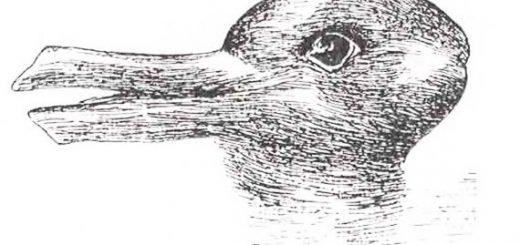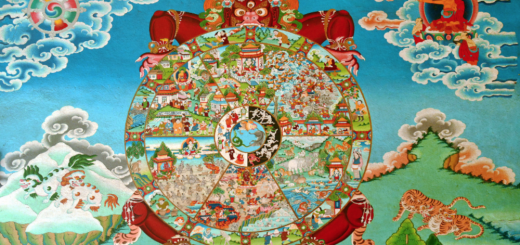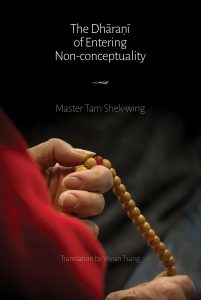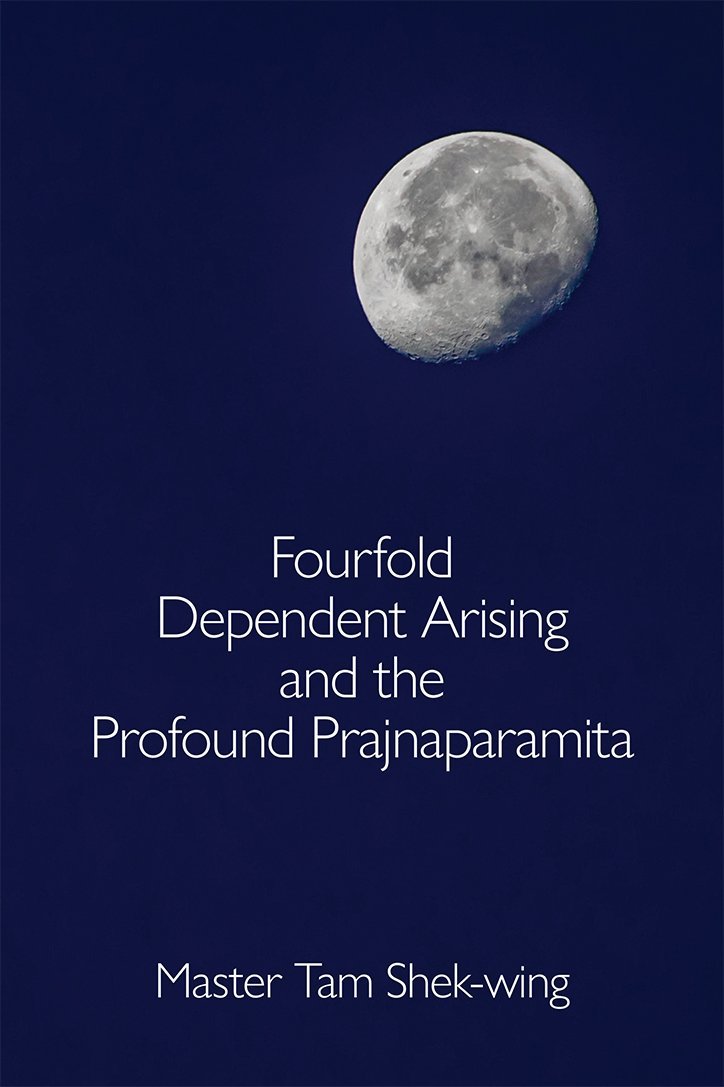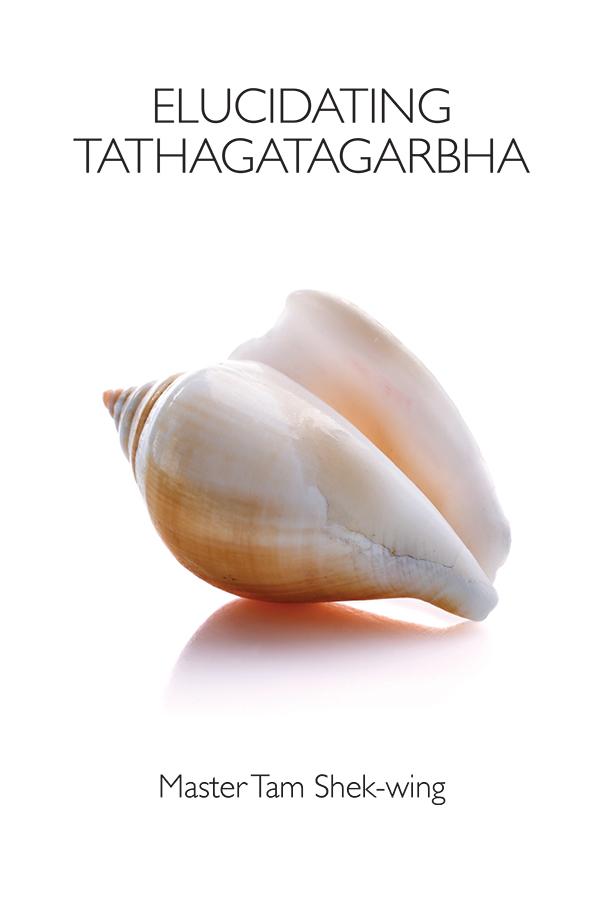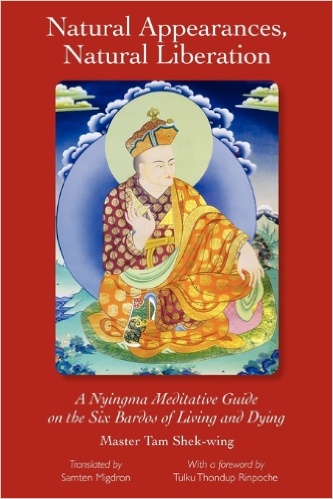Perfect Enlightenment 27: Buddha Teaches 25 Expedient Practices, Part 6
Show scripture (Chinese). 「若諸菩薩以圓覺慧圓合一切,於諸性相無離覺性;此菩薩者,名為圓修三種自性清淨隨順。 「善男子!是名菩薩二十五輪,一切菩薩修行如是。若諸菩薩及末世眾生依此輪者,當持梵行,寂靜思惟,求哀懺悔,經三七日。於二十五輪各安標記,至心求哀,隨手結取;依結開示便知頓漸,一念疑悔即不成就。」 Show scripture (English). “Some bodhisattvas, using the wisdom of Perfect Enlightenment, harmoniously combine all of these, and in connection with all natures and characteristics, never separate from the enlightened nature. These bodhisattvas are called practitioners of the three kinds of accordance with the purity of the self-nature.” “Good sons, these are called the twenty-five applications of the bodhisattvas. The teachings of the sutras are like the finger pointing to the moon. If you also look at the moon and completely understand, then that which is pointing is ultimately not the moon. All the various words and explanations of the Tathāgata that are used to awaken bodhisattvas are also like this. All bodhisattvas practice like this.” “If you bodhisattvas and sentient beings of the degenerate age deign to use these applications, you must maintain practices of purity, quiescence and contemplation and sincerely repent. Then passing through three weeks, you settle upon whichever of the twenty-five applications is indicated on your lot. With your whole mind and a repentant spirit, immediately choose one. Depending on what is indicated on the chosen lot, you will immediately know whether you are to practice the sudden or gradual. If there is one moment of doubt you will not be able to accomplish your assigned application.” Buddha answering Voice of Discerning by teaching 25 expedient practices, now we have come to the last practice of “the three kinds of accordance with the purity of the self-nature,” or the simultaneous practice of śamatha, samāpatti, and dhyāna. 25. Simultaneous śamatha, samāpatti, and dhyāna. The simultaneous practice of the three practices is in fact one meditation. Because all dharma are equal, practicing one meditation is like practicing any meditation. A practitioner of sharp faculty does not have to pursuit many teachings, nor is there a need to examine every single practices. Entering one entrance, reaching the ultimate realization, is like simultaneously realizing all practices. Huineng, the Sixth Master of Chan, was illiterate, was not able to read the scriptures. From his perspective, there were not all that many practices. But whenever someone came to inquire about the practice, it was as if he was fluent in the entire Buddhist Canon, there was not a practice that he didn’t know. This is an example of penetrating through a practice is to thoroughly know all practices. The simultaneous practice of śamatha, samāpatti, and dhyāna is the three practices being interconnected. Therefore, there are śamatha of śamatha, samāpatti of śamatha, and dhyāna of śamatha; śamatha of samāpatti, samāpatti of samāpatti, and dhyāna of samāpatti; śamatha of dhyāna, samāpatti of dhyāna, and dhyāna of dhyāna. This happens to be the feature of Nyingma tradition as well. The three dharma of development, perfection, and the coalescent of development and perfection, their interconnection becomes nine kinds of practice. But there are more, the nine kinds can further be divided. Consider śamatha of śamatha. It could be śamatha of śamatha-śamatha, samāpatti of śamatha-śamatha, dhyāna of śamatha-śamatha. Now three times nine becomes 27 kinds, which can be further divided ad infinitum. A guru observes the faculty of a student-practitioner, the instruction would take it into consideration through their individuation, interconnectedness, and alternating practices. This is the underlying principle of the simultaneous practice. Tam's concluding comment on the 25 practices. The above concludes the discussion of the twenty-five practices. After, Buddha further taught how best to approach the practices. “If you bodhisattvas and sentient beings of the degenerate age deign to use these applications, you must maintain practices of purity, quiescence and contemplation and sincerely repent… passing through three weeks.” Then, wholeheartedly and sincerely, the practitioner is to choose one of the twenty-five, to divine on what one is to practice. This method is also Nyingma’s way of prayer via flower-tossing. At the altar, setup a maṇḍala of five buddhas, after repenting and prayers one tosses a flower. Whichever buddha the flower falls into, one is to follow the practices in that division. Show scripture (Chinese). 爾時,世尊欲重宣此義而說偈言: 辯音汝當知, 一切諸菩薩, Show scripture (English). Then the World Honoured One, desiring to reiterate the gist of this, spoke a verse. He said: Voice of Discernment, you should know, Show commentary on the section-concluding verse. The verse points out that all of śamatha, samāpatti, and dhyāna are meditations. From the three meditations, twenty-five practices can further be established, which form the Buddhahood for buddhas of the three times in the ten directions, with the exception for the utmost sharp faculties who follow the sudden enlightenment. A practitioner should regulate their mind prior to meditation, as well as being grateful and repentant so as to be without objectification to enter meditation. Subsequent to a meditation session, one should be thankful for buddha’s great compassion, to recollect purity. This is then truly “always embrace these applications / Following them, endeavoring to practice them.”Chinese:
English:
Commentary:
Chinese:
無礙清淨慧, 皆依禪定生。
所謂奢摩他, 三摩提禪那,
三法頓漸修, 有二十五種。
十方諸如來, 三世修行者,
無不因此法, 而得成菩提;
唯除頓覺人, 并法不隨順。
一切諸菩薩, 及末世眾生,
常當持此輪, 隨順勤修習,
依佛大悲力, 不久證涅槃。English:
All bodhisattvas’
Unobstructed pure wisdom
Is without exception, produced from meditation.
The so-called śamatha
samapatti and dhyāna—
The three methods of sudden and gradual practice,
Have twenty-five applications.
There are none among the tathāgatas of the ten directions
And the practitioners of the three worlds
Who do not rely upon these methods
In their attainment of perfection of bodhi—
Except for suddenly enlightened people
And those who have nothing to do with the dharma.
All bodhisattvas
And sentient beings of the degenerate age,
Should always embrace these applications,
Following them, endeavoring to practice them.
Relying on the power of the Buddha’s great compassion,
Before long they will actualize nirvana.Commentary:

